Irix 150 mm f/2.8 MACRO 1:1 Dragonfly
5. Chromatic and spherical aberration
Chromatic aberration
Three ED elements perform as they should because the tested lens doesn't have practically any problems with longitudinal chromatic aberration. Even at the maximum relative aperture areas positioned further in out-of- focus background don't feature any colouring.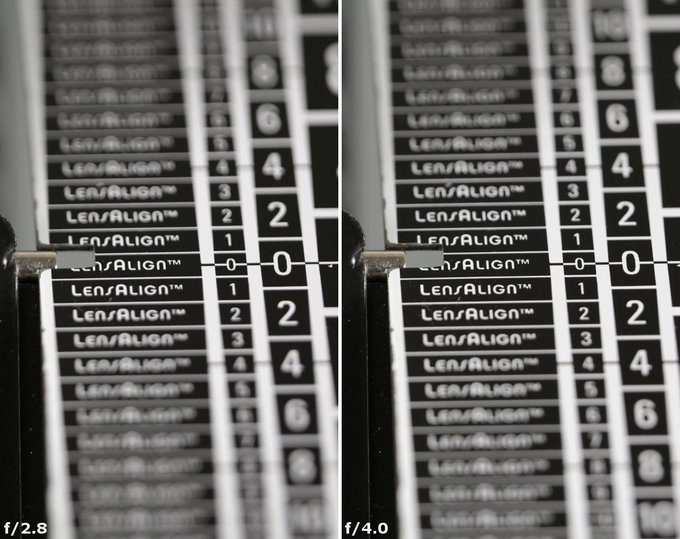 |
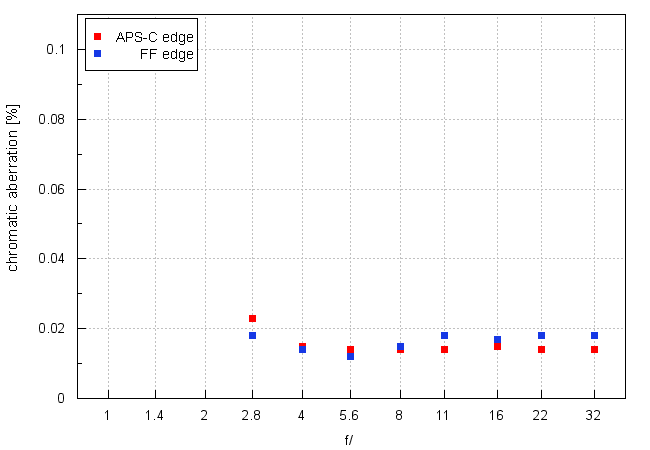
Please Support UsIf you enjoy our reviews and articles, and you want us to continue our work please, support our website by donating through PayPal. The funds are going to be used for paying our editorial team, renting servers, and equipping our testing studio; only that way we will be able to continue providing you interesting content for free. |
- - - - - - - - - - - - - - - - - - - - - - - - - - - - - - - - - - - - - - - - - - - - - - - -
The results are quite sensational. In the majority of cases you get values below 0.02% and they mean the aberration is imperceptible even if you look at 1:1 photos. A round of applause!
| Canon 5DáIII, RAW, f/2.8 | Canon 5DáIII, RAW, f/16.0 |
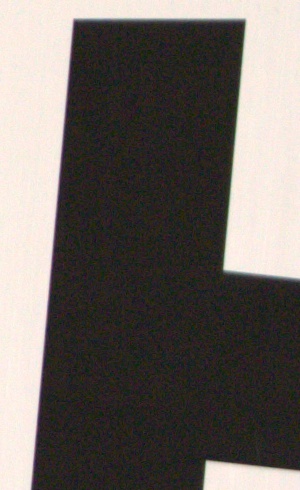
|
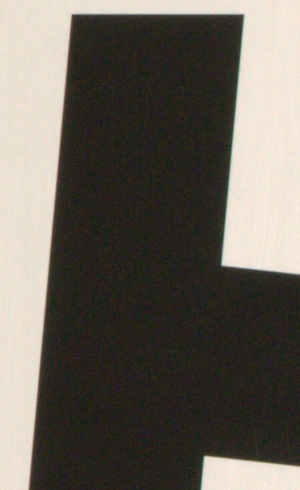
|
Spherical aberration
First photos of this chapter don't show any 'focus shift' effect so the level of spherical aberration can't be especially high; still defocused circles of light show that its correction might be far from perfect. The circle behind the focal point features disticnt, lighter rim and the one after the focus is almost devoid of it. It is a classic symptom of spherical aberration and it means the optics of the lens doesn't correct it completely. It's hard to say whether it was a deliberate move in order to ensure nicer bokeh, or it is a price you have to pay for a better correction of other optical aberration.
| Canon 5DáIII, f/2.8, in front of | Canon 5DáIII, f/2.8, behind |
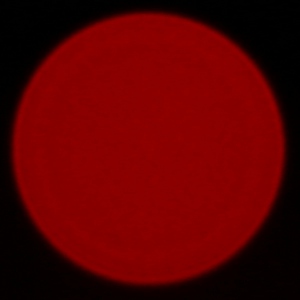
|
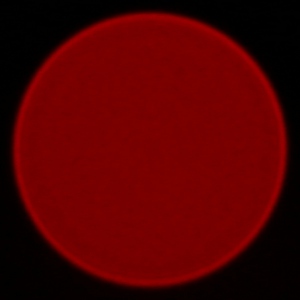
|






